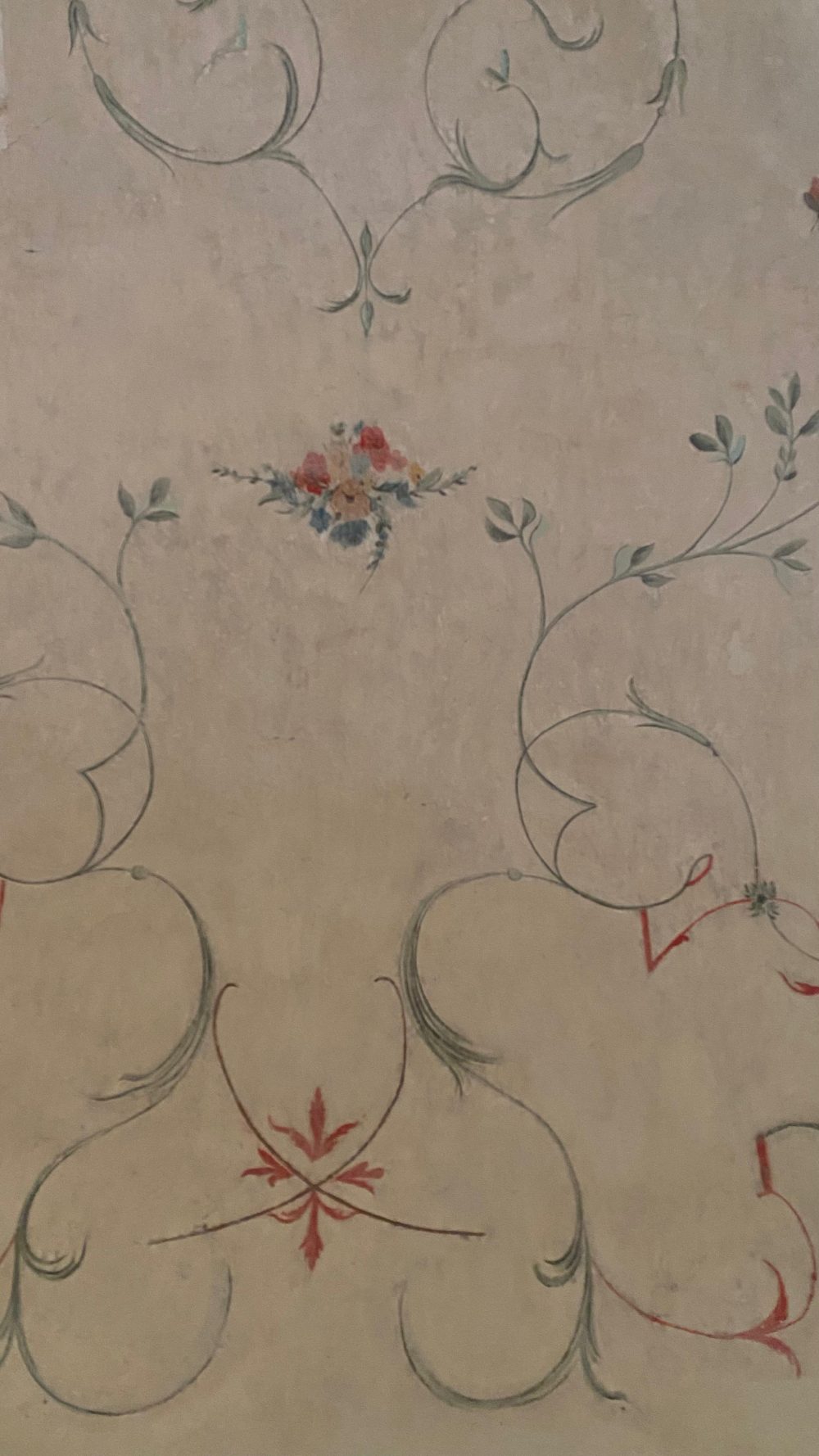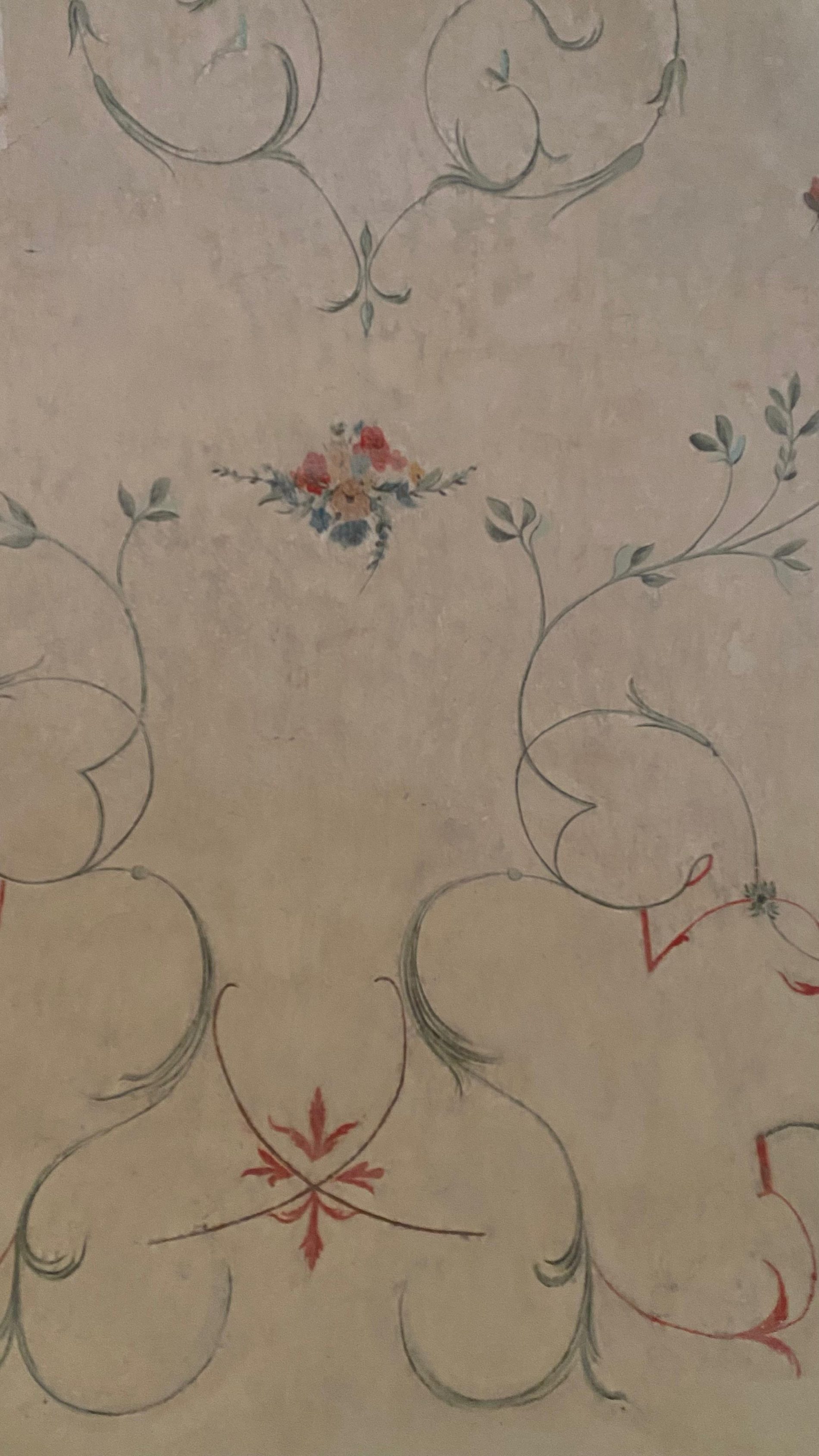The Mantlepiece Room

Audio
Descrizione
Miradolo Castle officially opened to the public in October 2008.
Before that could happen, however, after so many years of neglect, structural work was needed to secure the roof and to replace the plant systems, which had degraded entirely. With that done, restoration proper could start. The first rooms to be restored were all on the ground floor. Work then continued on the first floor and finally on part of the top floor, where the Cosso Foundation today has its offices.
The renovations carried out by the religious congregation from 1950 onwards were all taken down as they were not in keeping with the heritage of site. Their removal has brought back to light the original materials and layout of the rooms, as well as what remains of the decorative elements from the eighteenth and nineteenth centuries.
The same conservative approach was taken to all the architectural, pictorial, and landscape elements, following the principle of “less is more.” In keeping with modern restoration rules, the objective was to preserve the original historical appearance and materials of the building, the works of art, and the artefacts targeted by restoration.
Every intervention here was carried out only when strictly necessary and considering the specificities of the heritage site. That entailed careful historical, technical, and critical studies to build a formal understanding able to appreciate and protect the memory of this place, without affecting its original materials and nature.
The restoration of the Mantlepiece Room brought to light the painted vault of the ceiling, featuring floral and bird motifs dating to the nineteenth century. “Patches” here and there on the ceiling and the walls give us a glimpse of the underlying layer, revealing an elegant decorative pattern from the eighteenth century. These “patches” are technically called stratigraphic profiles. Stratigraphic analysis is a technique used to study the layers, and hence the history, of wall decorations and paintings. It involves removing a sample of the frescoed surface and sealing it in a hard resin. The sample is then cut and polished and the cross-section examined under a microscope. What emerges are the various levels of decorative surfaces layered over time, showing their colors, composition, and thickness. Their observation gives us insight into the original painting techniques and materials used and the decorative styles chosen over the ages.
Leaving the stratigraphic patch open allows us to appreciate how the decorative surface changed across time. That’s why we will encounter these patches repeatedly along our tour, also on other types of surfaces, such as the doors of the rooms. They reveal the trace of the numerous face-lifts the castle underwent over its long history, the alterations and modernizations as fashions changed from one era to the next over the centuries.
In the next room, the late-twentieth-century paintwork on the walls was stripped back in 2010, revealing the neo-classical decoration that lay beneath it, featuring delightful trompe-l’oeil architectural elements.
